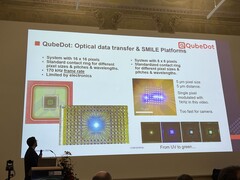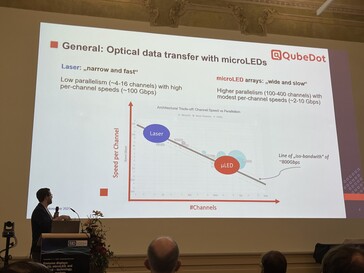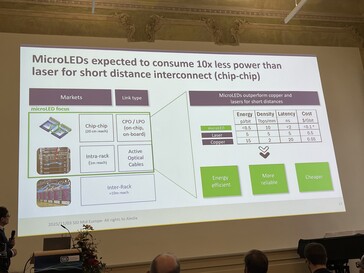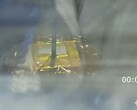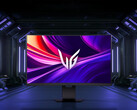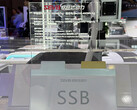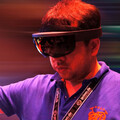A new field may be developing for the MicroLED industry beyond displays: data traffic. At the Mid-Europe Chapter Conference of the Society of Information Display (SID-MEC Conference) in Göttingen, the idea of using MicroLEDs to enable communication was a hot topic of discussion and is being researched accordingly. As things currently stand, however, it is a rather small field compared to the self-illuminating MicroLEDs used in displays of various designs. But it could become a lucrative field that several research groups are looking into.
Two of these groups presented their work at the SID-MEC Conference. The potential is significant, as demonstrated by presentations from French company Aledia and German company Qubedot. Both companies primarily focus on microLED displays, and Qubedot specializes in unique pixels that can even resemble letters.
In the field of data communication, these small LEDs are also quite unique. While they don't have the bandwidth of classic lasers, such as those found in GBIC modules of switches in SFP slots, they are easier to parallelize. Qubedot states that two to ten Gbit/s per channel are achievable. The key point here is that the potential is said to be between 100 and 400 channels. In the best-case scenario, this means 500 GB/s is possible. For comparison, classic laser communication usually delivers 100 Gbit/s and allows between four and 16 parallel channels.
Low energy consumption, but limited range
QSFP modules with 100 Gbps are, of course, readily available. The same applies to 400 Gbps modules. However, the current 100 Gbps QSFP modules have a problem: their power consumption is enormous, at least in comparison. 2.5 to sometimes 15 watts is not uncommon, depending on the module's capabilities. This is precisely where the advantages of MicroLED technology come to the fore. According to Aledia, there is potential to reduce the power consumption per transmitted bit to one-tenth.
However, this reduced power consumption cannot be utilized everywhere. For example, DAC connections between switches (within a rack) are conceivable. Beyond that, however, Aledia believes MicroLED technology is insufficient. With a practically achievable range of just one meter, connecting two adjacent racks would likely be extremely difficult.
Another potential application for microLEDs would be communication on a motherboard (between chips). Since microLEDs are semiconductors, they can, in principle, be integrated into chips as a communication channel to accelerate communication between chips cost-effectively. Furthermore, they also offer advantages in terms of interference suppression compared to electrical connections. Aledia also sees advantages in latency, which is expected to drop from 5 ns with a laser to just 2 ns with microLED.
However, the areas of application are very limited. Incidentally, research into this technology has been ongoing for some time, and Aledia and Qubedot are not the only companies working in this field. In discussions with participants, it was stated that a breakthrough is still pending, and it is unlikely to become a consumer technology any time soon.
Source(s)
SID Mid-Europe Chapter Conference




